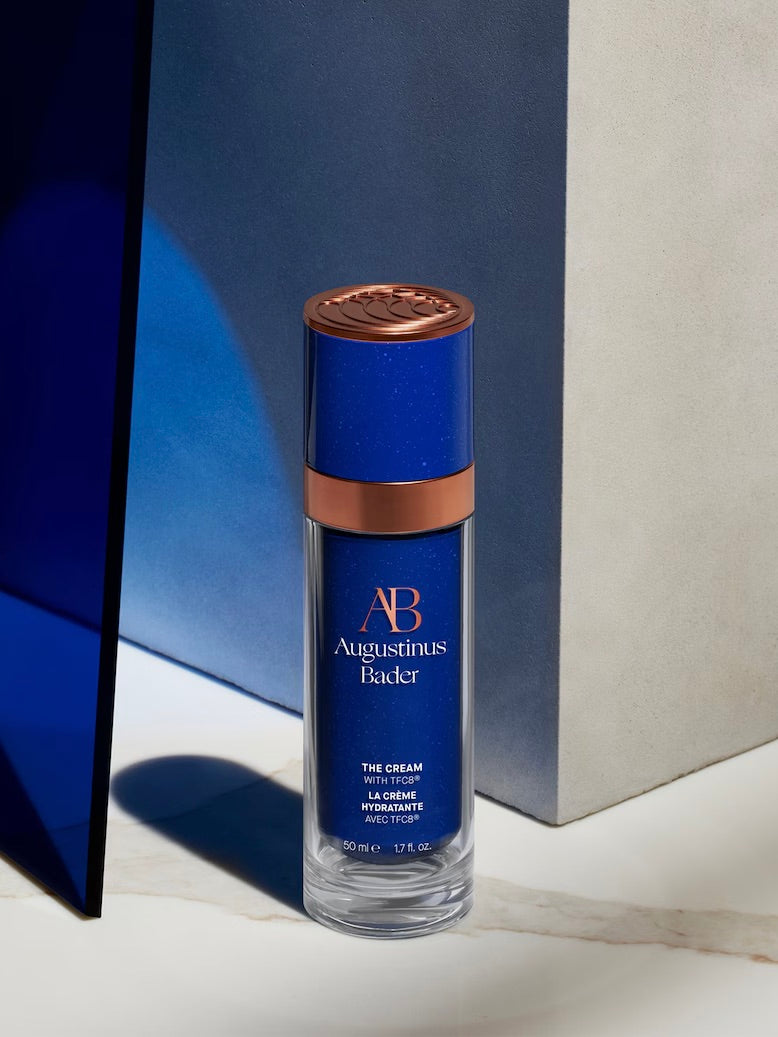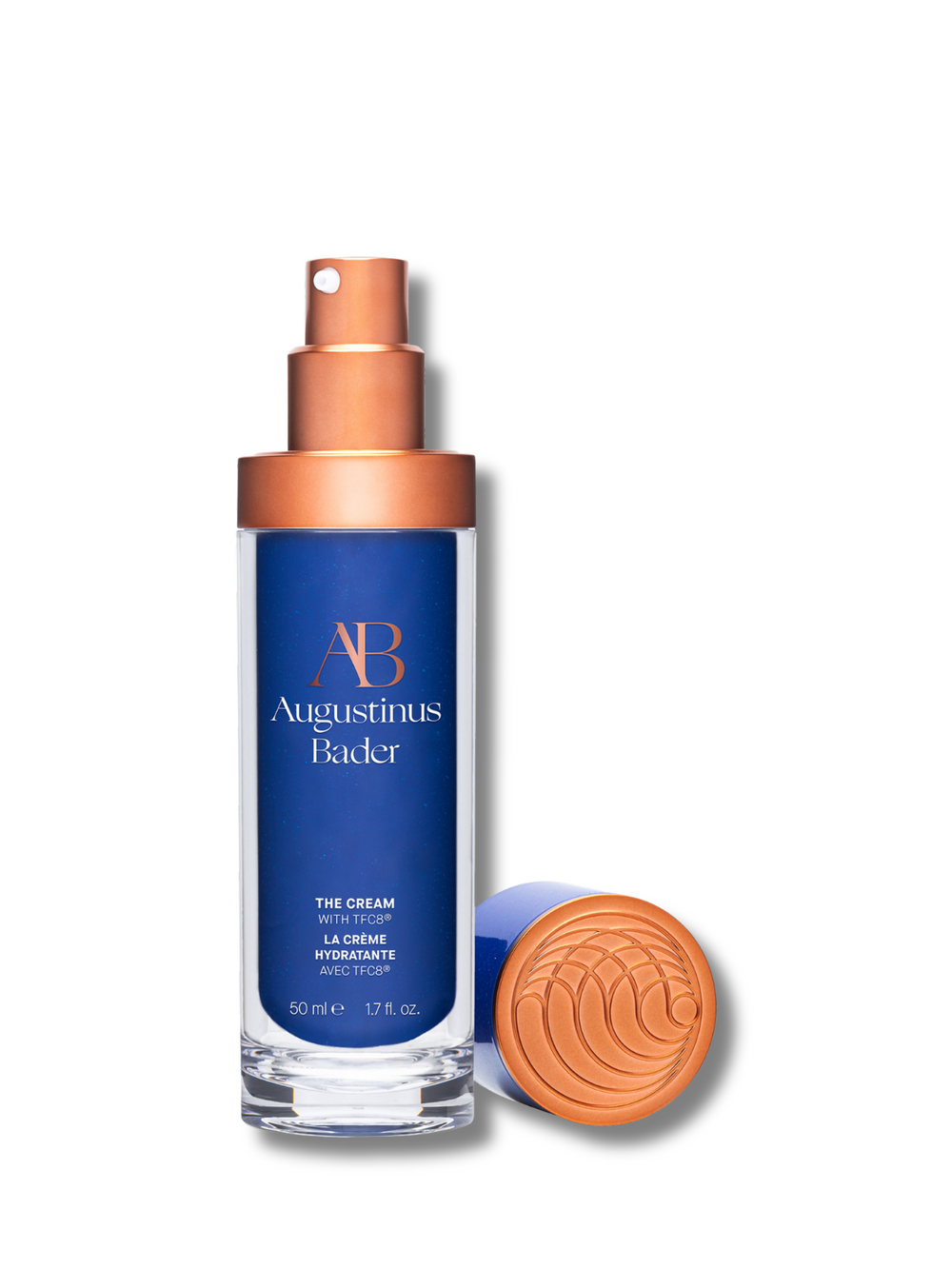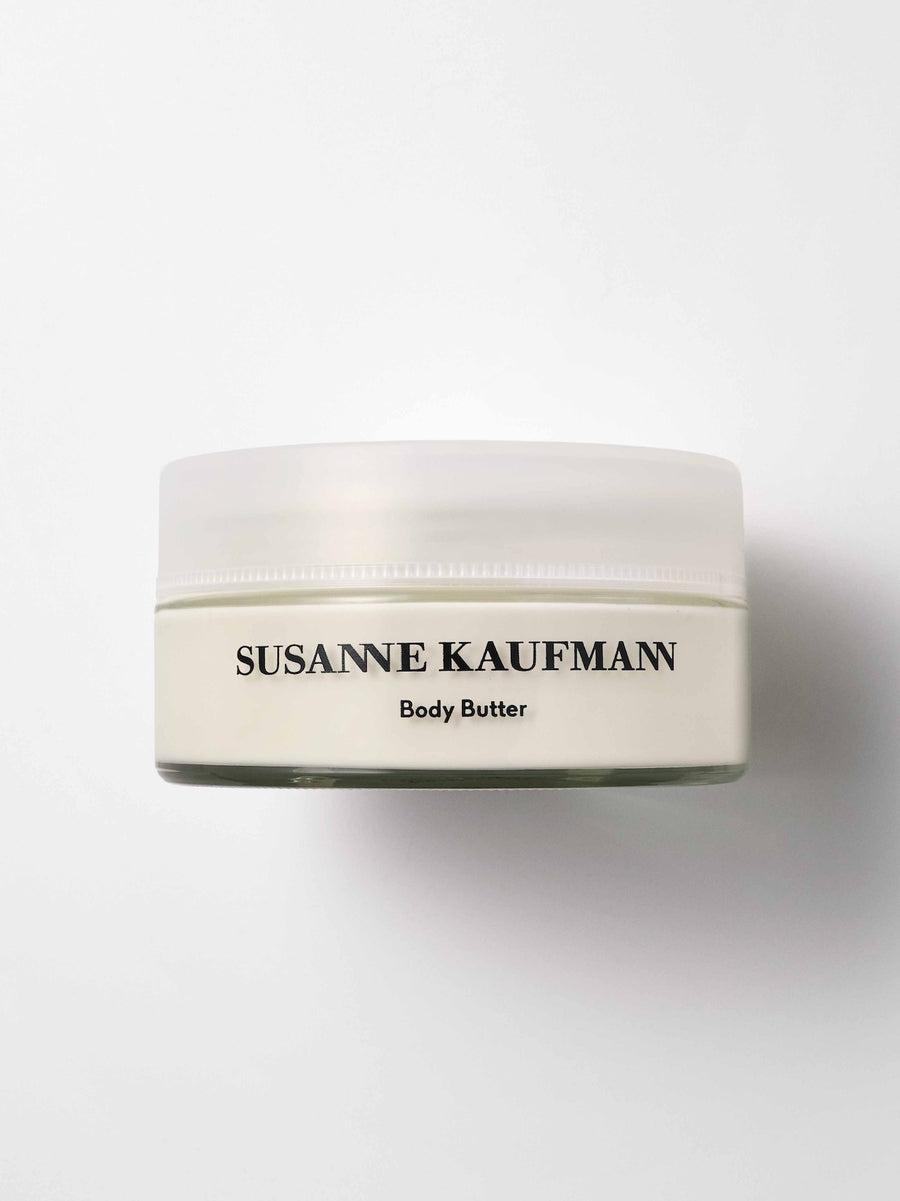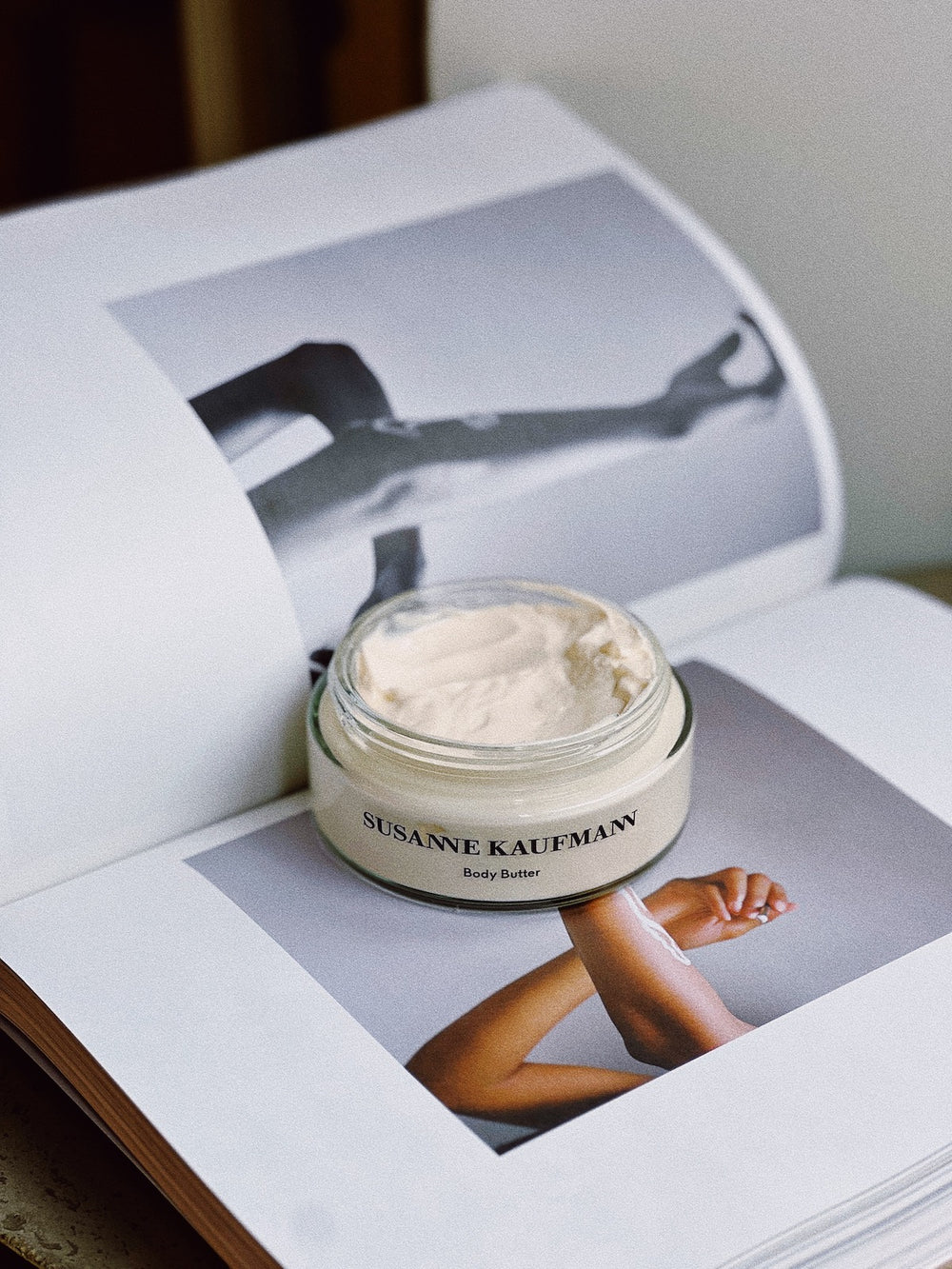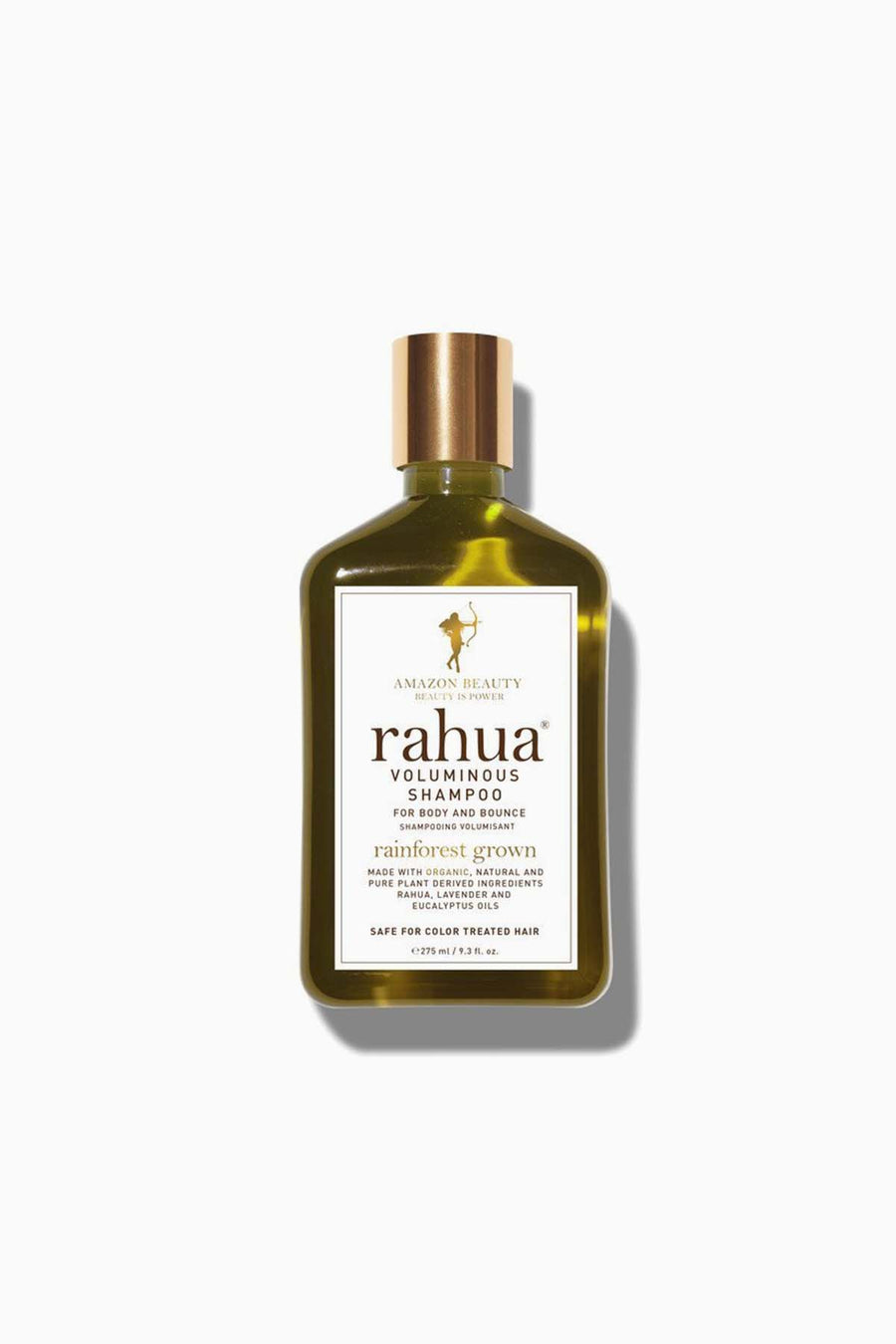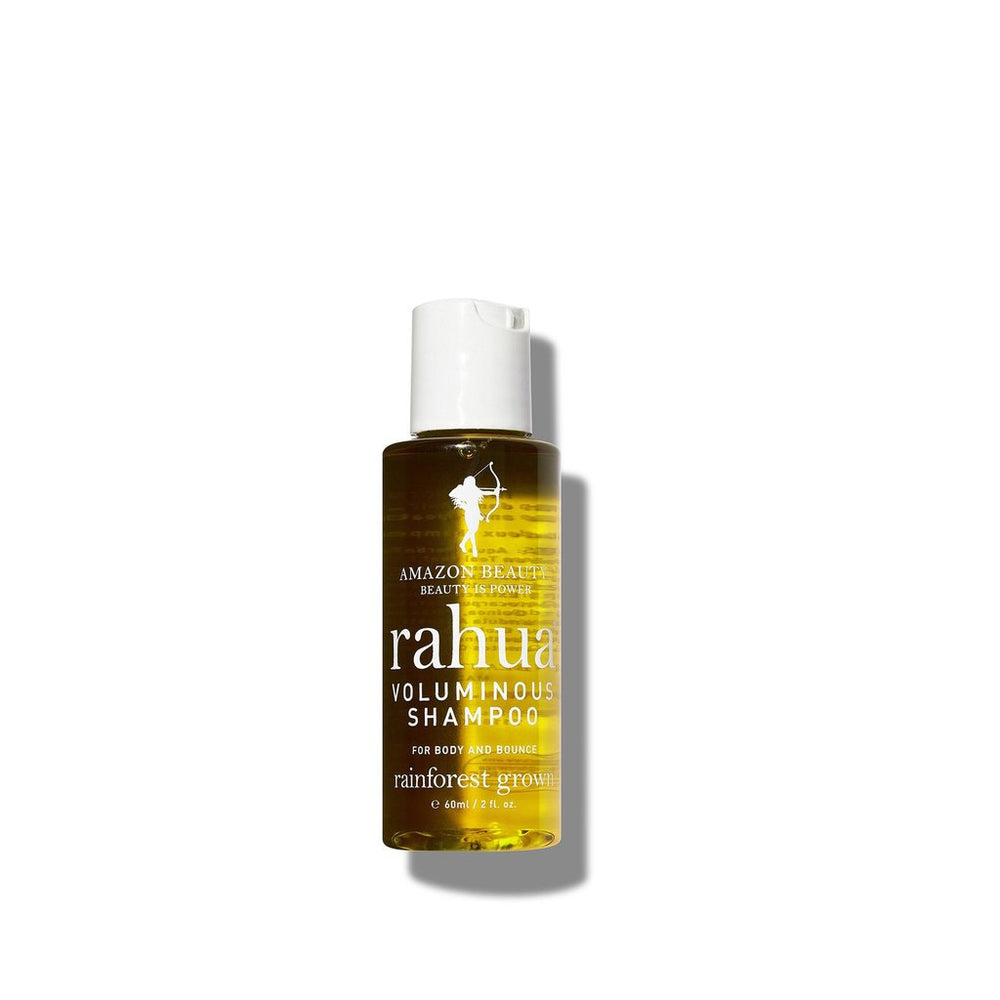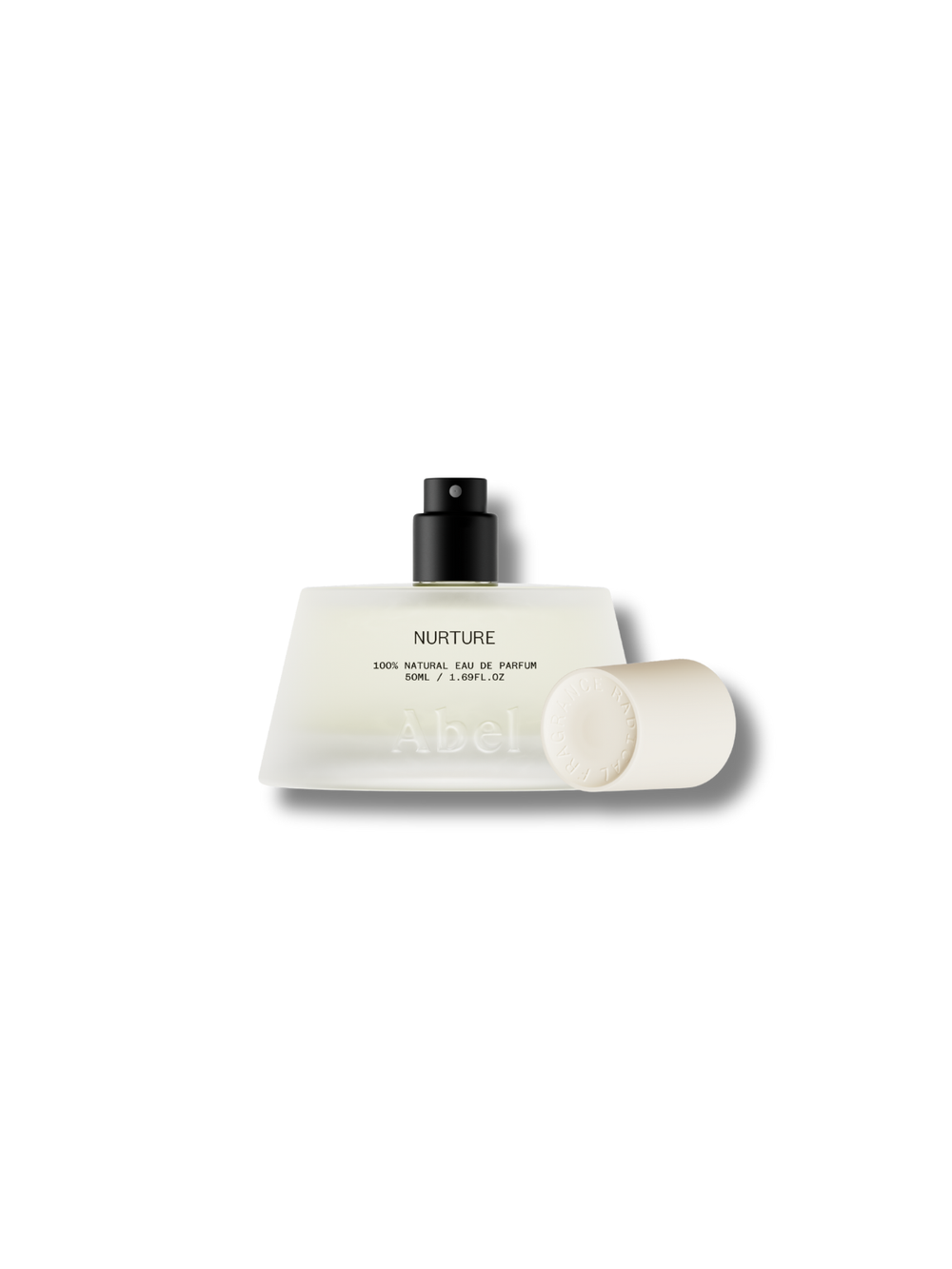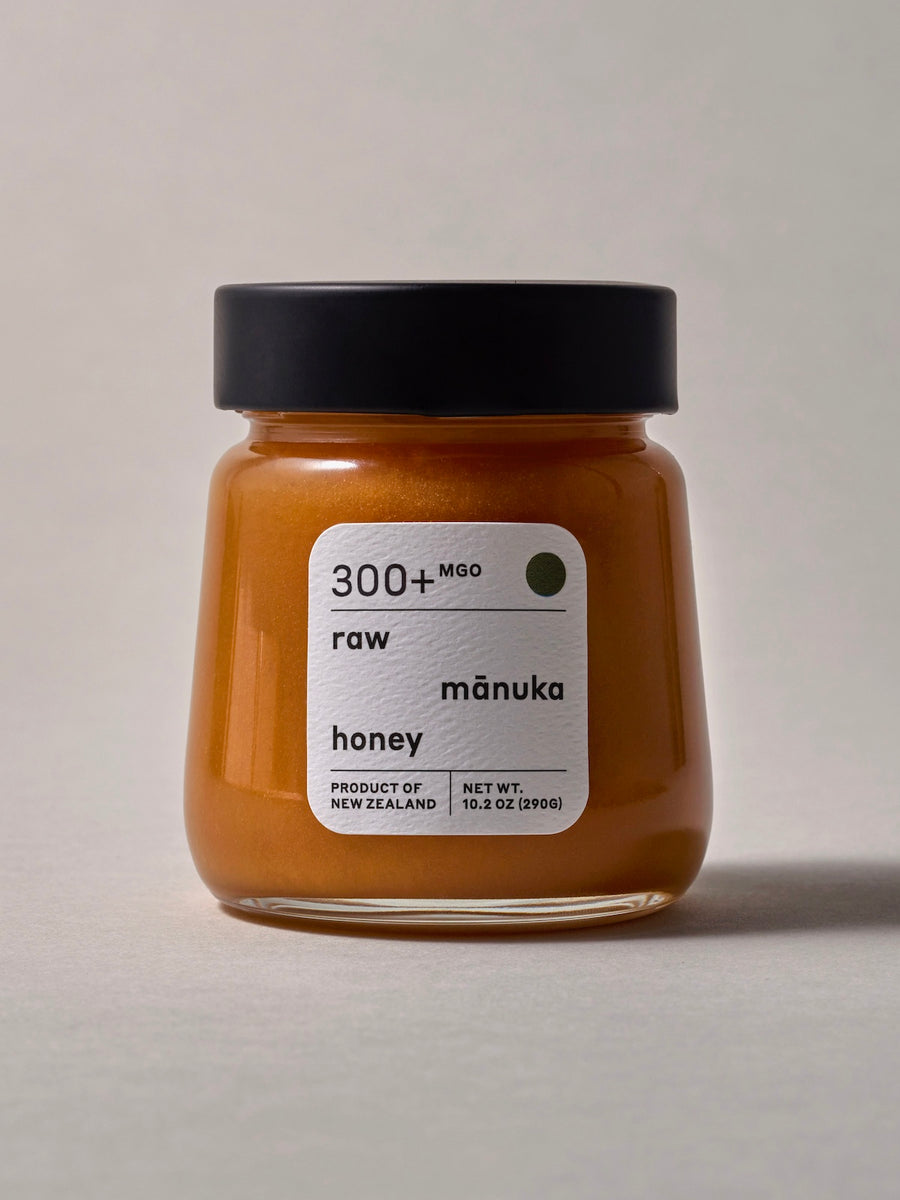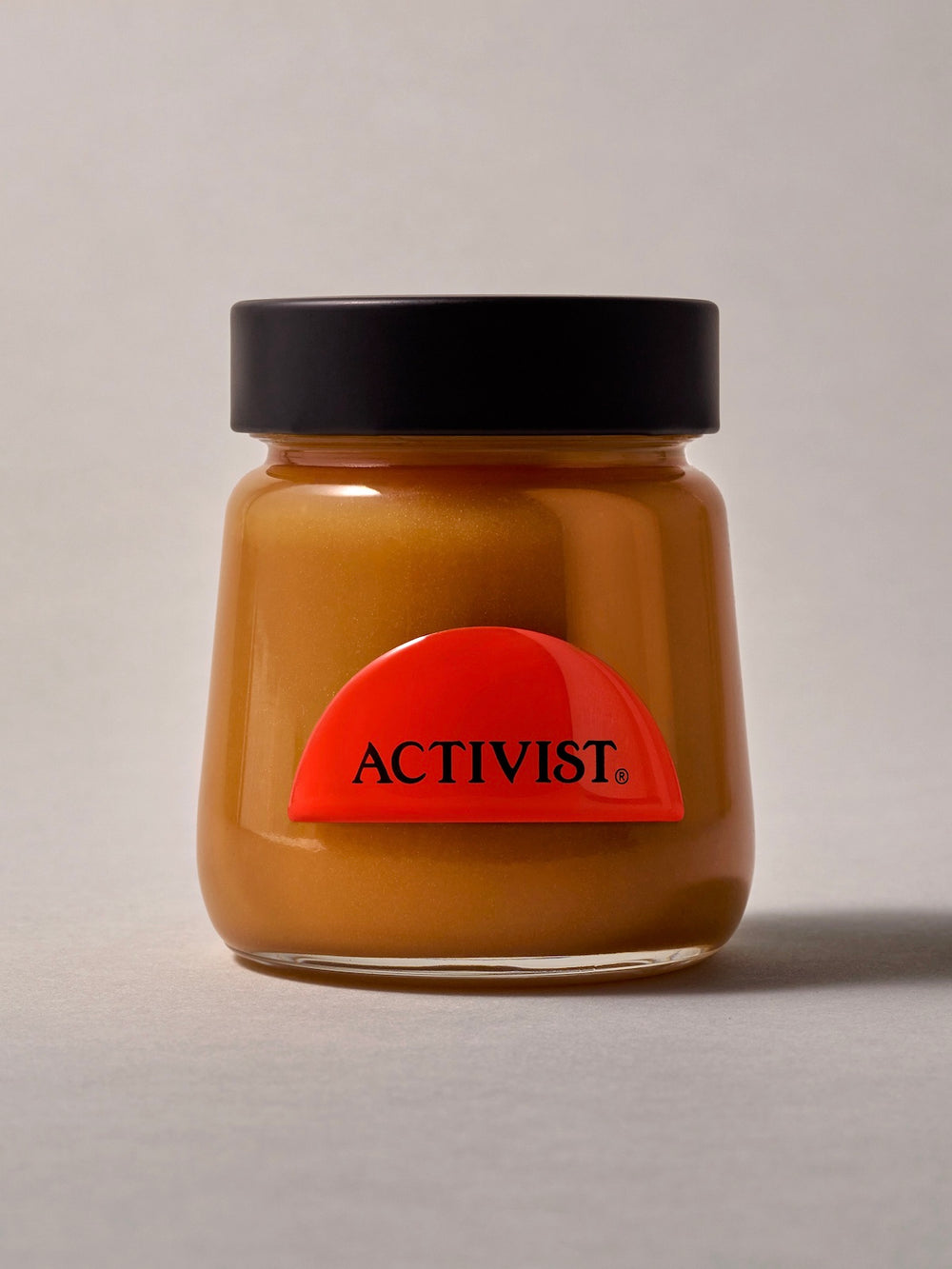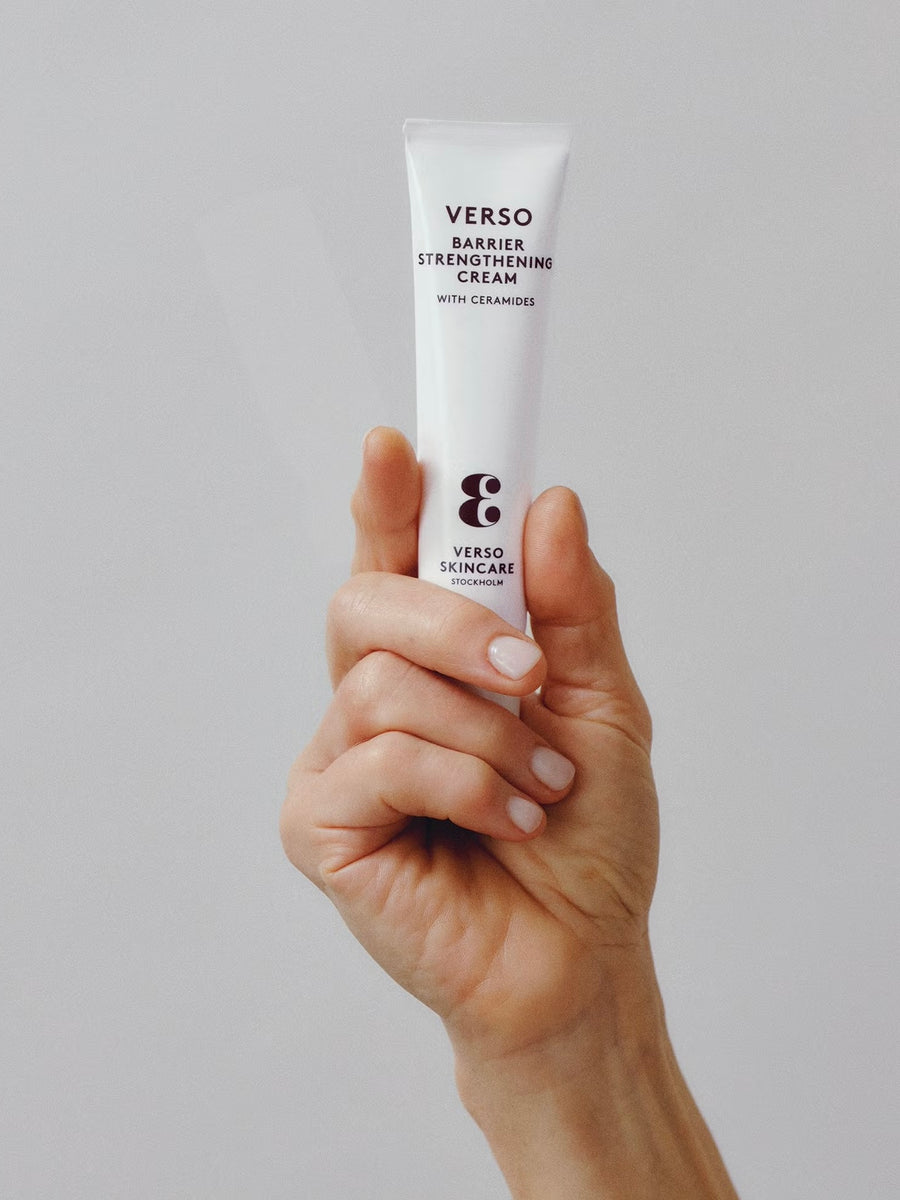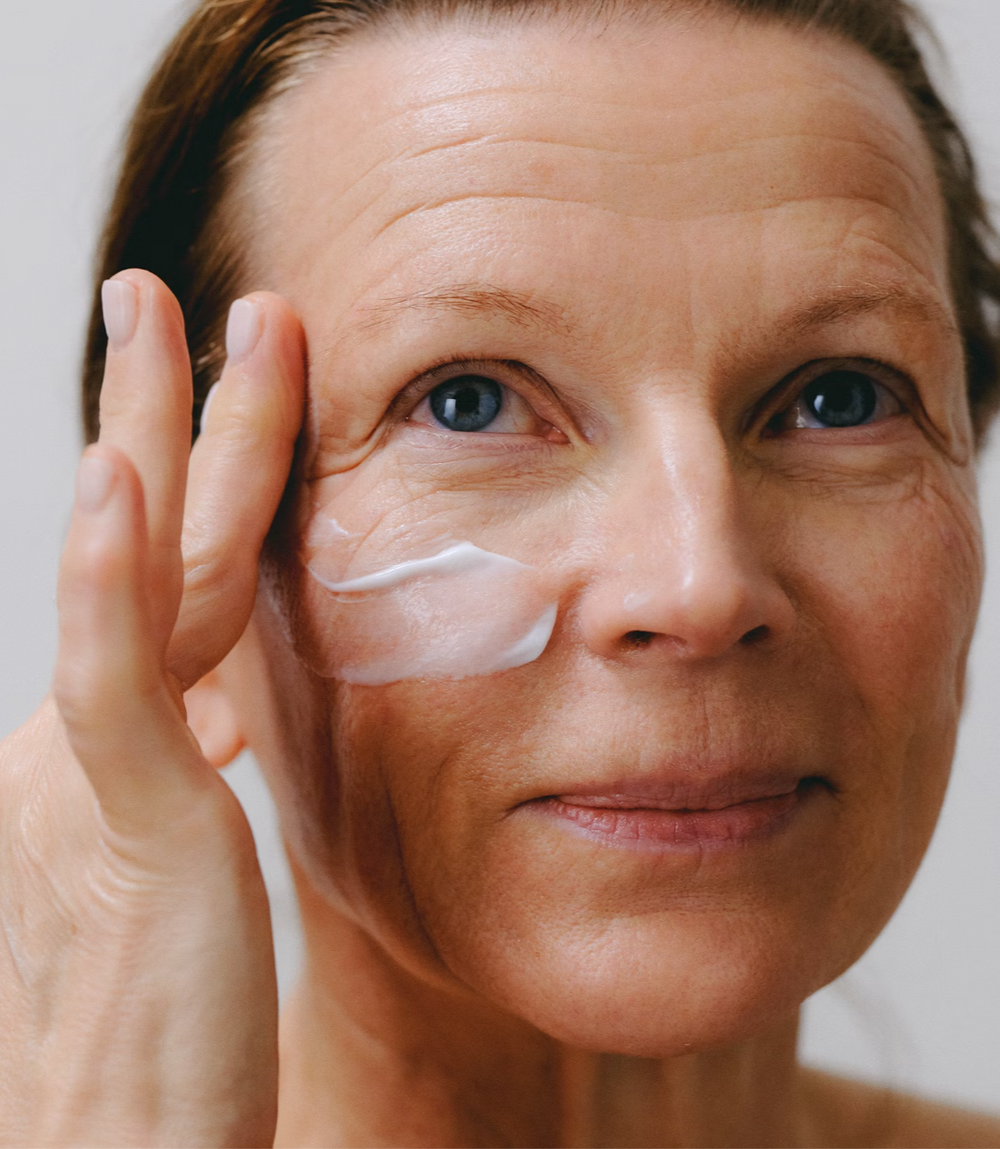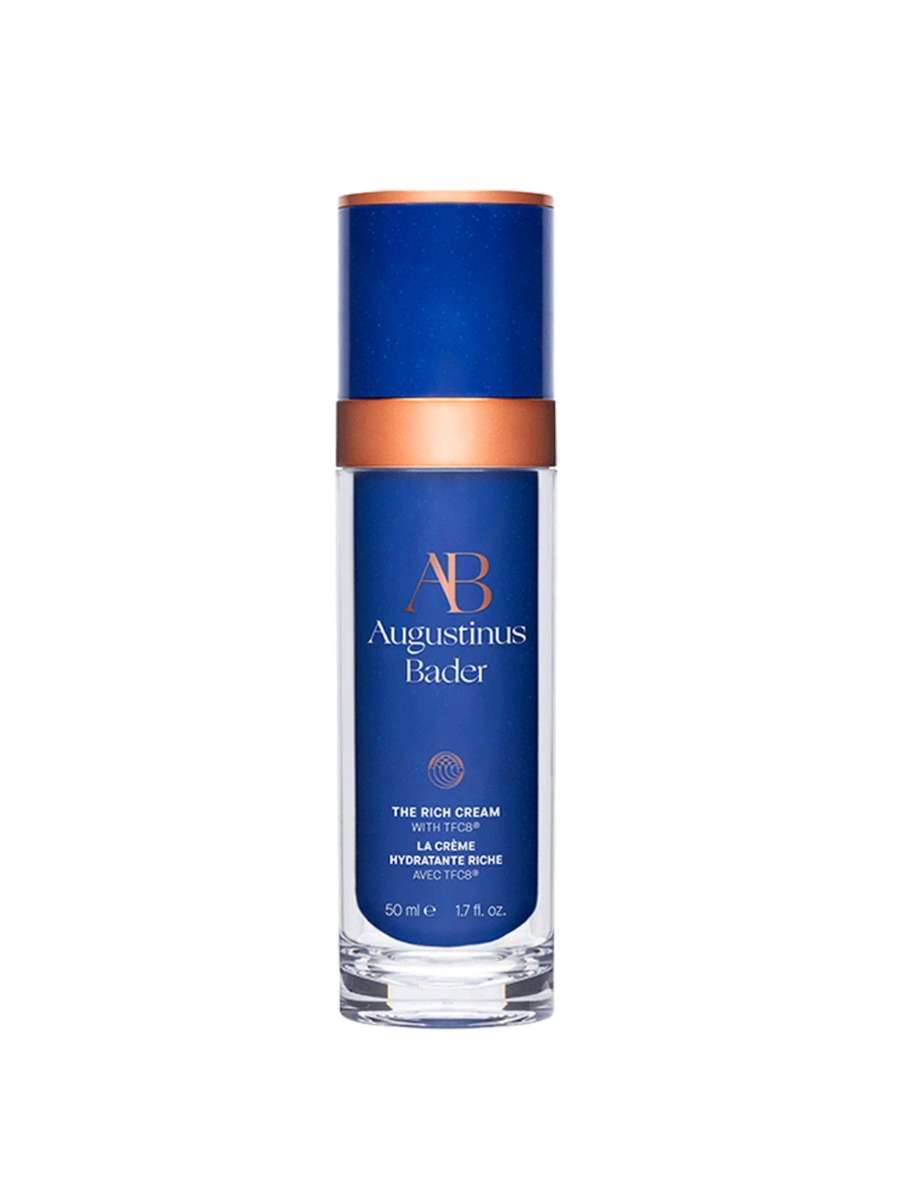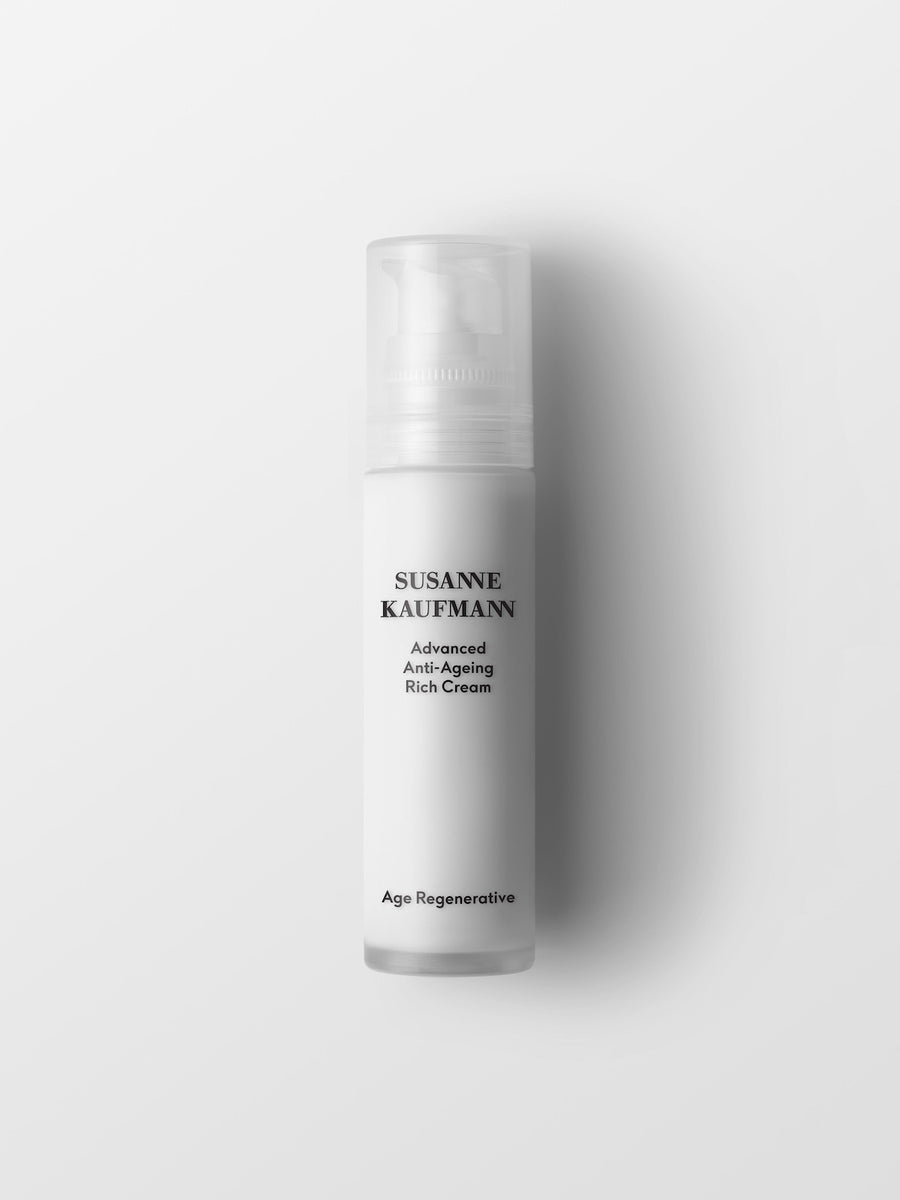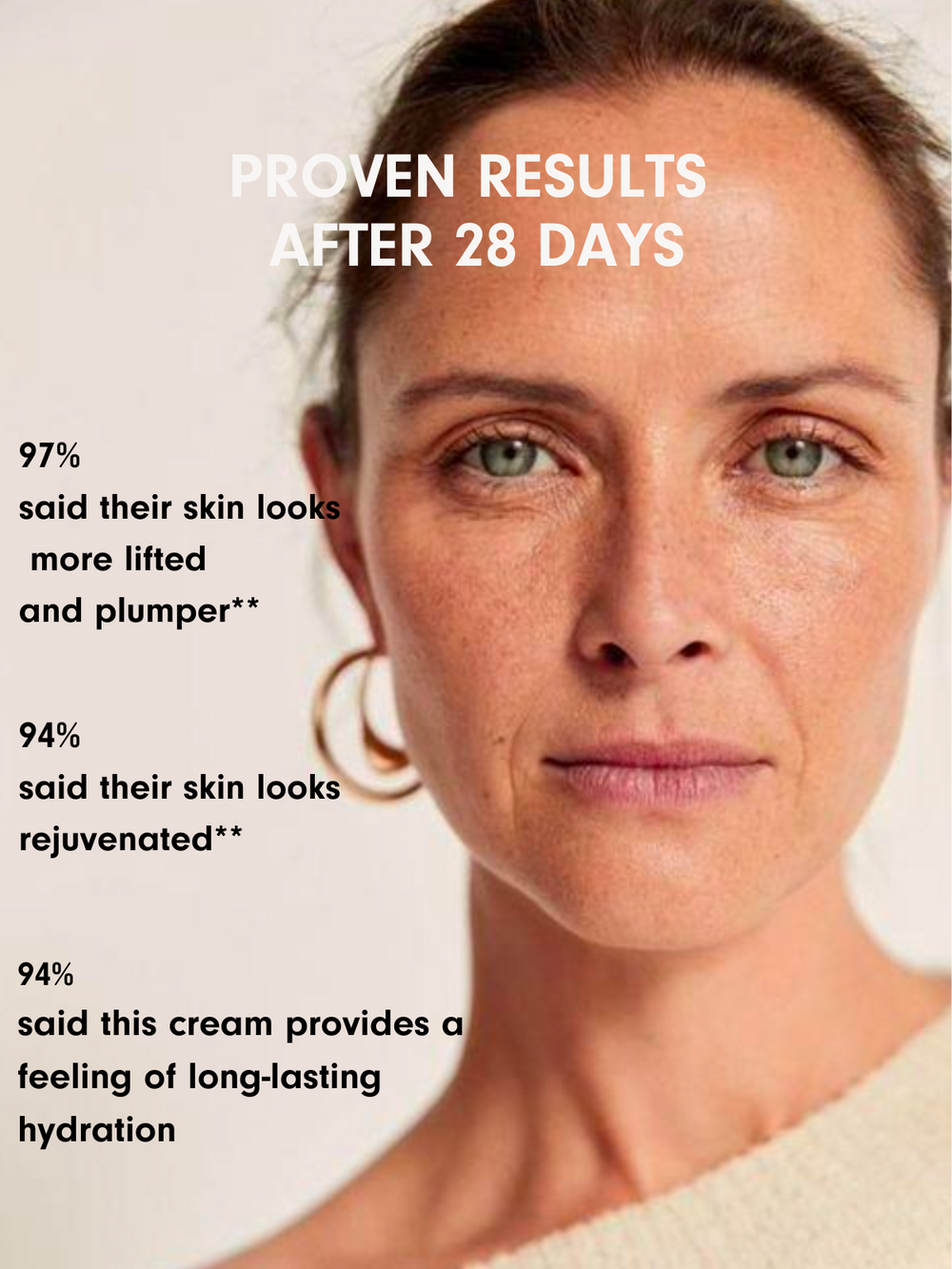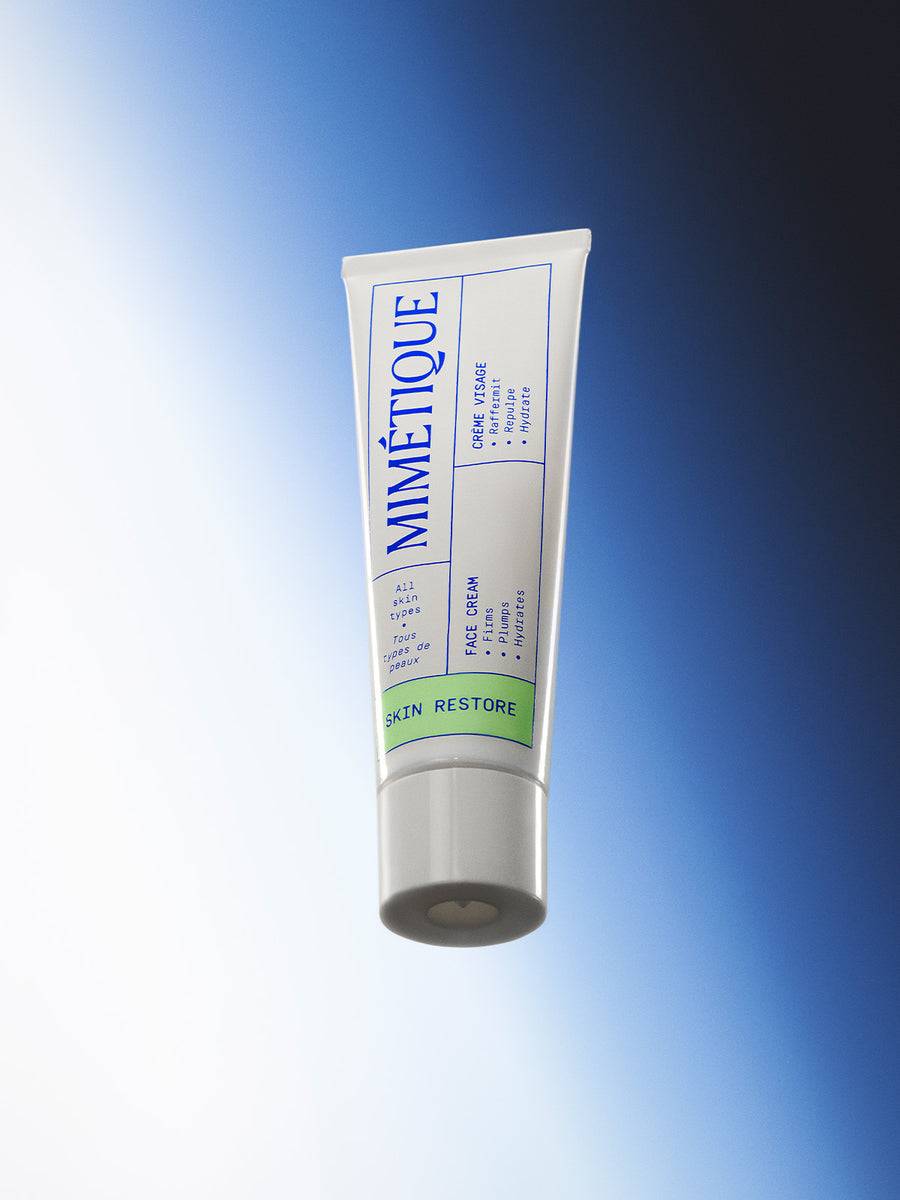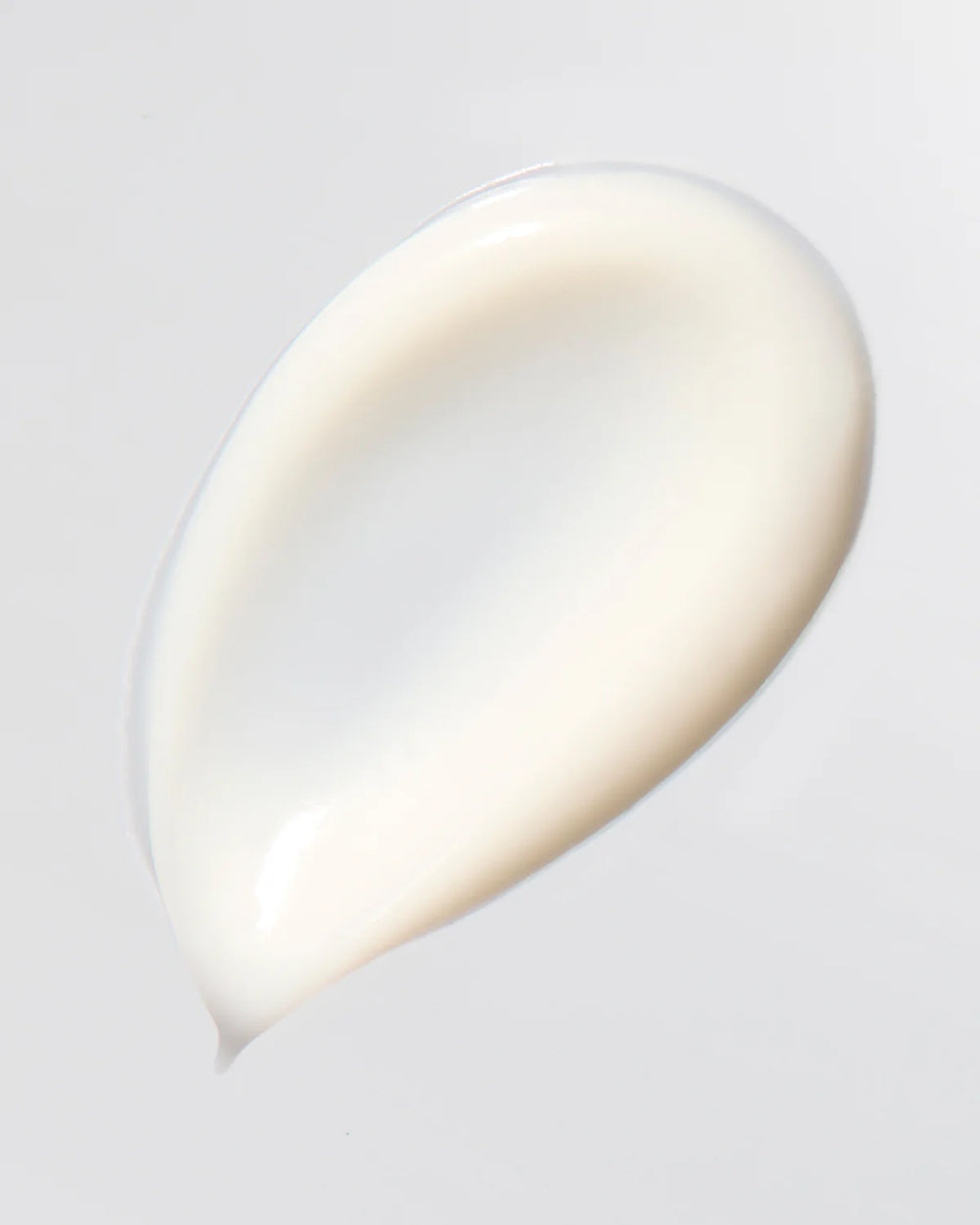Are you struggling with skin that feels tight, flaky, or dull?
Understanding whether you have dry skin or dehydrated skin is the first step to achieving radiant, healthy skin. These terms may sound similar, but they describe two distinct skin concerns. Knowing the difference can transform your skincare routine.
Let’s dive into the details.
What Is Dry Skin?
Dry skin is a skin type, it’s how your skin naturally is. If you have dry skin, your body produces less oil, which makes it harder for your skin to retain moisture. Think of it as a lack of the protective layer that keeps your skin smooth and plump.
Signs of Dry Skin
- Tightness, especially after cleansing
- Flaky or rough texture
- Dull and sometimes irritated appearance
- Fine lines that are more pronounced
How to Care for Dry Skin
To combat dry skin, focus on rebuilding and protecting your skin barrier:
- Use rich moisturizers with ceramides, panthenol or shea butter.
- Switch to gentle, non-foaming cleansers.
- Add nourishing face oils to lock in hydration.


What Is Dehydrated Skin?
Dehydrated skin, unlike dry skin, is a condition that can affect any skin type, even oily or combination skin. It means your skin lacks water, often due to factors like weather changes, over-cleansing, or insufficient water intake.
Signs of Dehydrated Skin
- Dull or tired-looking complexion
- Fine lines that disappear when hydrated
- Tightness combined with oily patches
- Flaky areas alongside greasiness
How to Care for Dehydrated Skin
To rehydrate your skin, focus on replenishing its water content:
- Use hydrating serums with hyaluronic acid or glycerin.
- Avoid alcohol-based toners and harsh exfoliants.
- Layer a hydrating mist or serum under your moisturizer to lock in moisture.
How to Tell the Difference Between Dry and Dehydrated Skin
Here’s how you can identify your skin concern:
- Pinch Test:
Lightly pinch your cheek. If it wrinkles and doesn’t bounce back quickly, your skin is dehydrated. - Texture Test:
Flaky and not oily? You likely have dry skin.
Tight and oily? It’s probably dehydrated. - Consistency Check:
Dry skin is genetic and persistent, while dehydration is temporary and triggered by external factors.

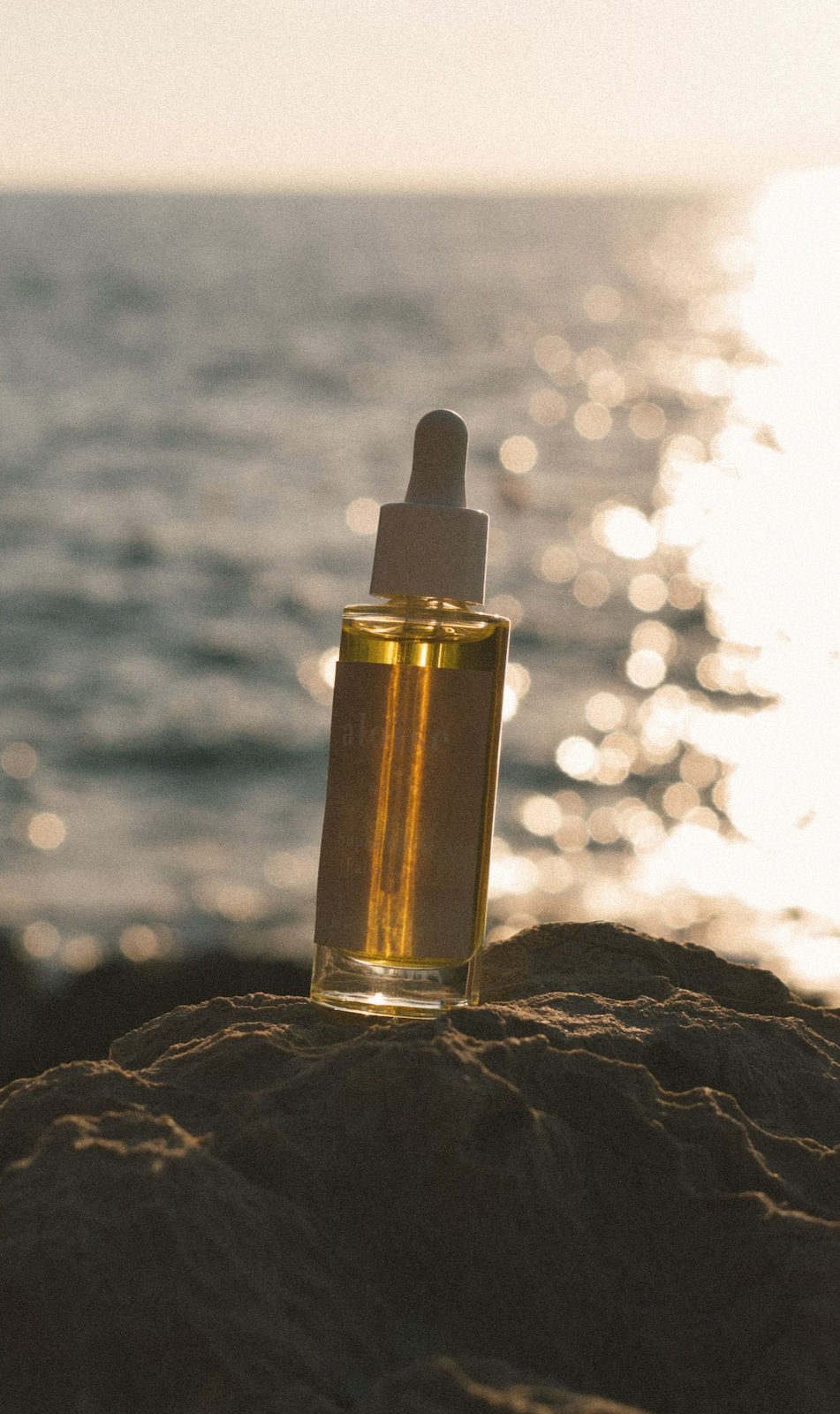
Quick Fixes for Dry or Dehydrated Skin
When your skin feels dry, it’s craving nourishment, not just moisture. Think rich, comforting textures that cocoon the skin and help rebuild its natural barrier. A good face oil or a dense cream can instantly soften rough patches and bring back that smooth, velvety feel. Over time, they also protect against further dryness by sealing in essential lipids.
If your skin is dehydrated, it’s asking for water, not oil. The key here is lightweight, moisture-binding formulas like hyaluronic acid serums that attract and hold water in the skin. They plump fine lines, restore elasticity, and make your complexion look fresh and luminous again. Pair them with a cream to lock in hydration and keep that glow all day.




